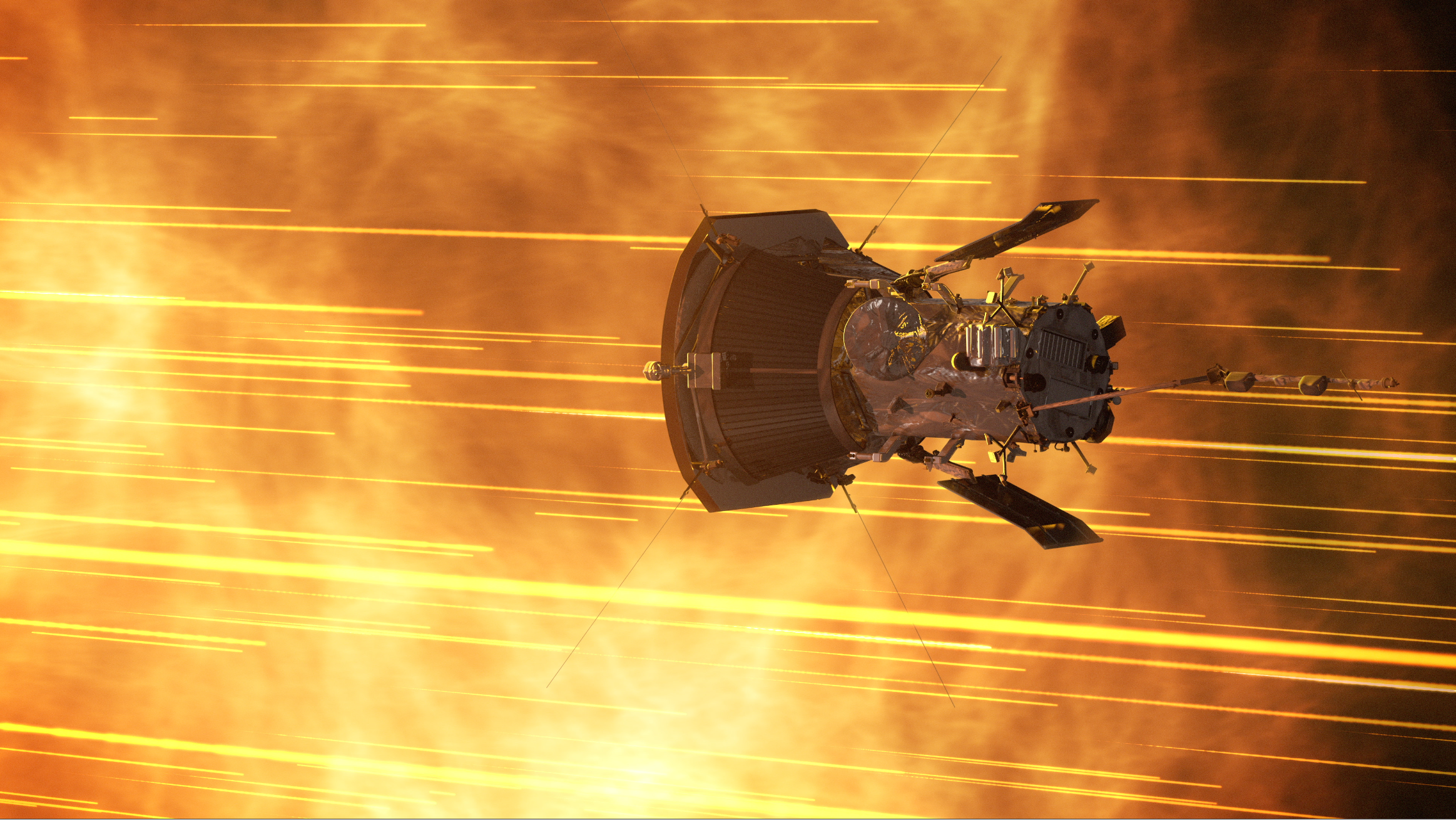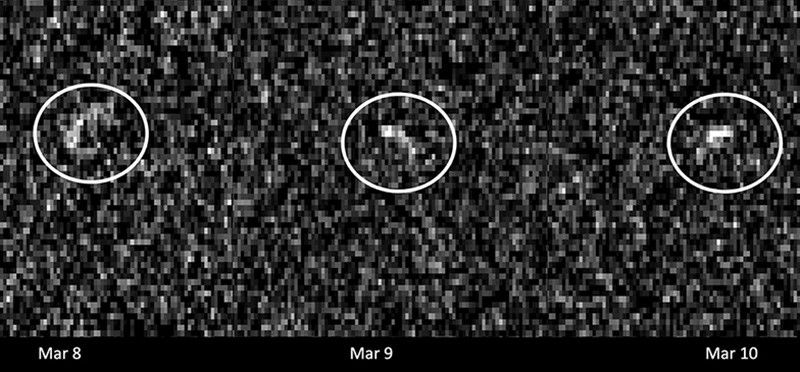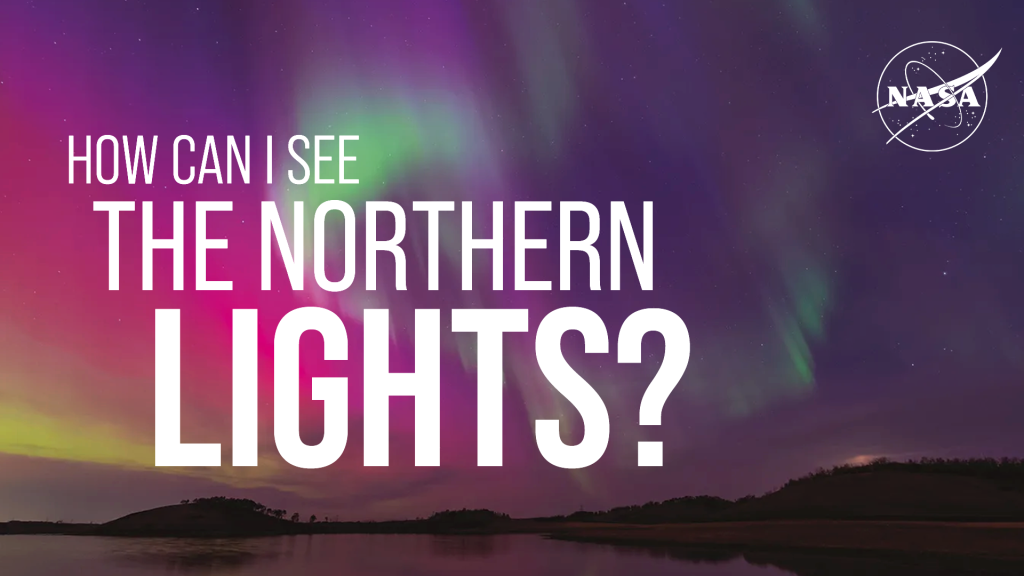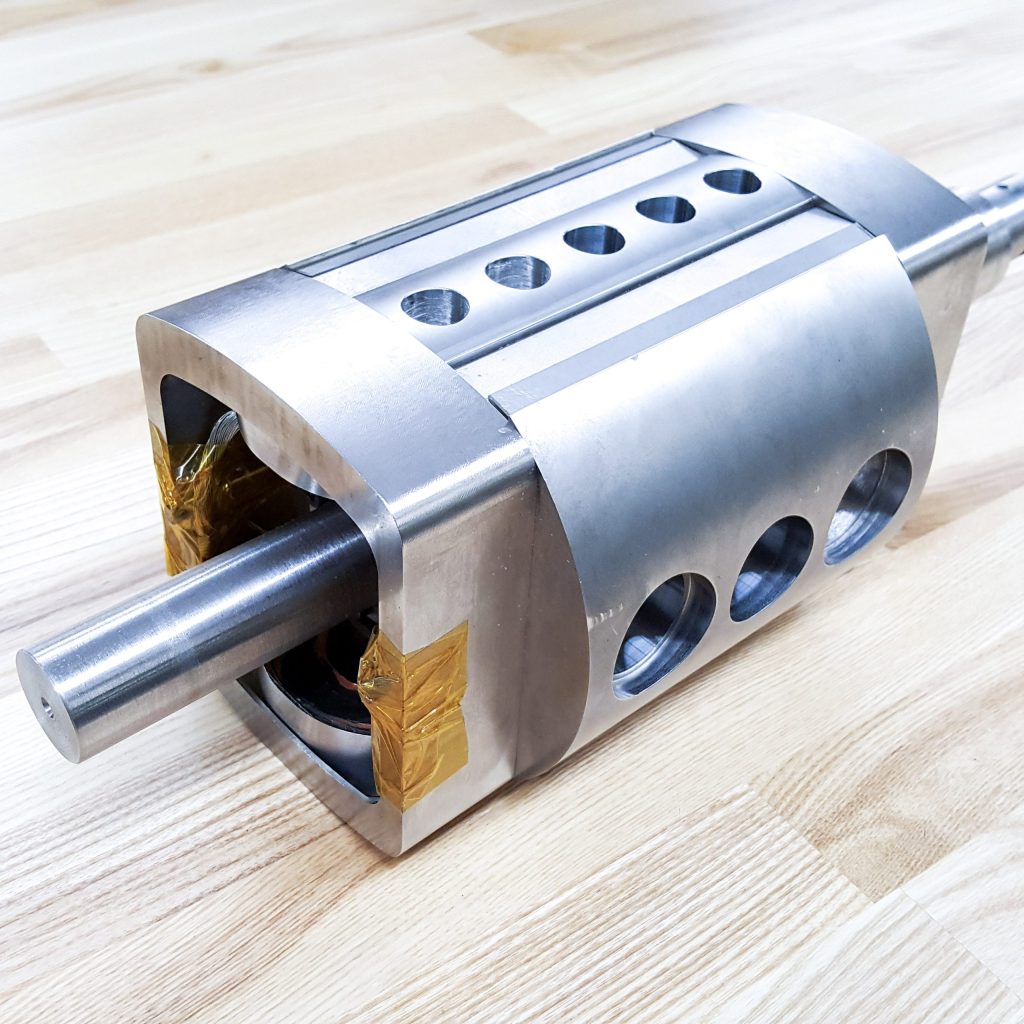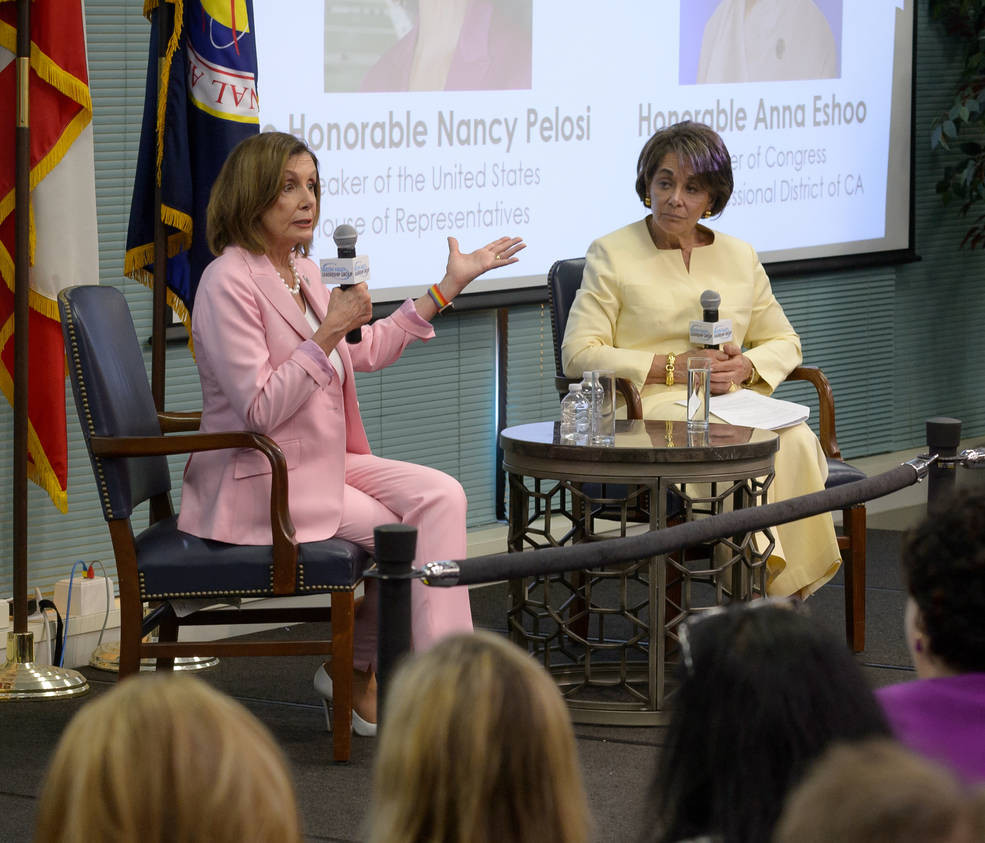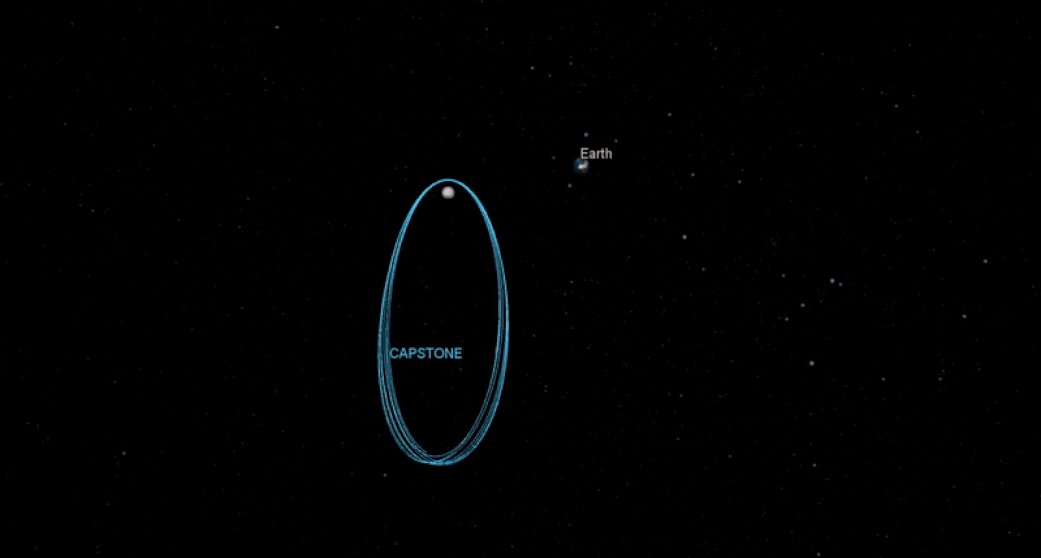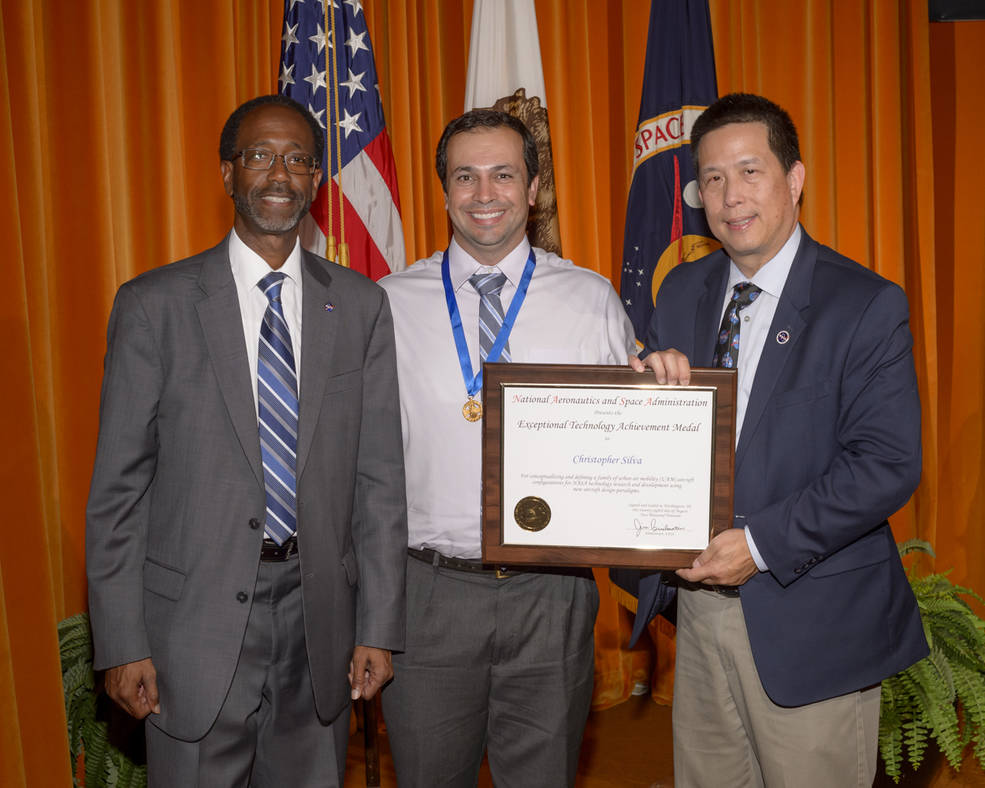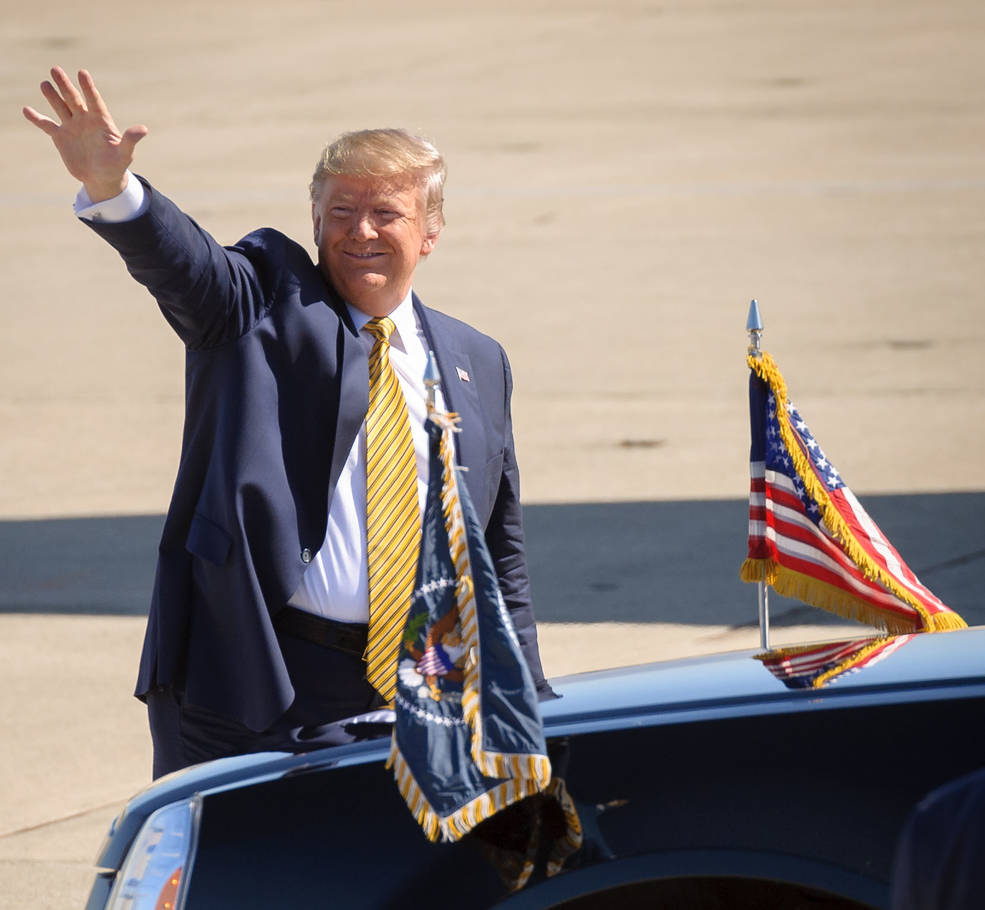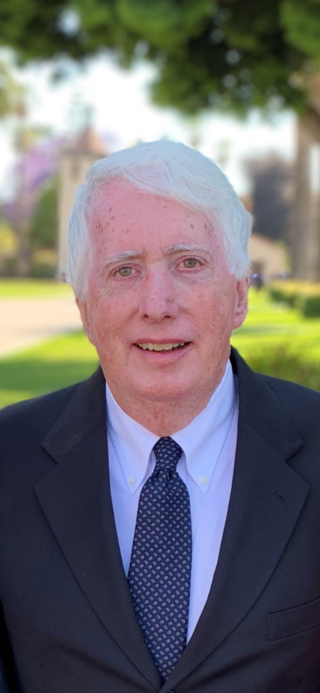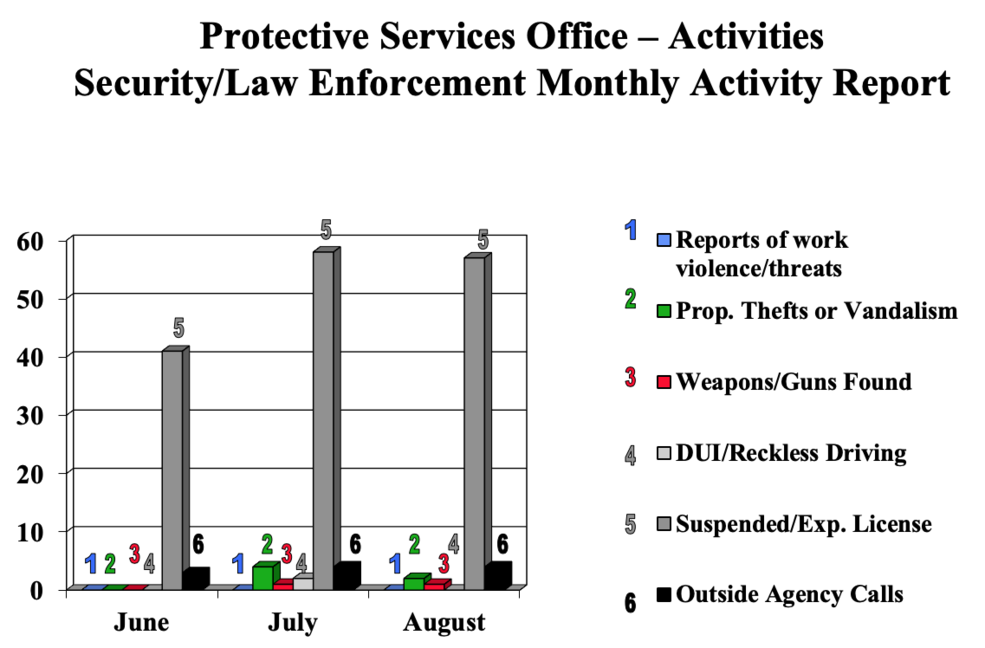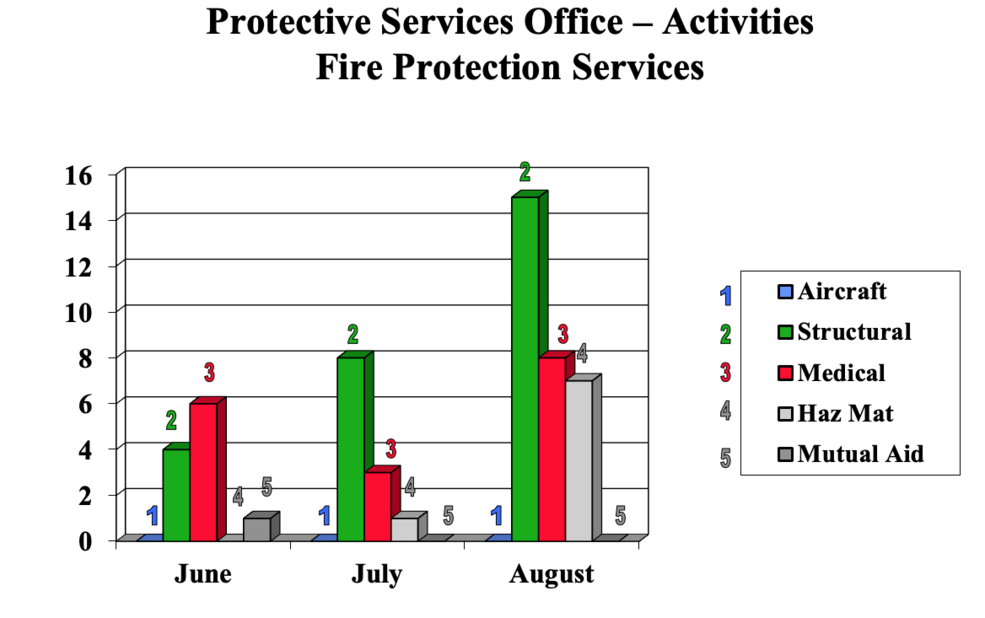September 2019 issue of Ames' newsletter, the Astrogram
Ames Hosts Call to Leadership 2019 – Celebration of Women Leaders Event
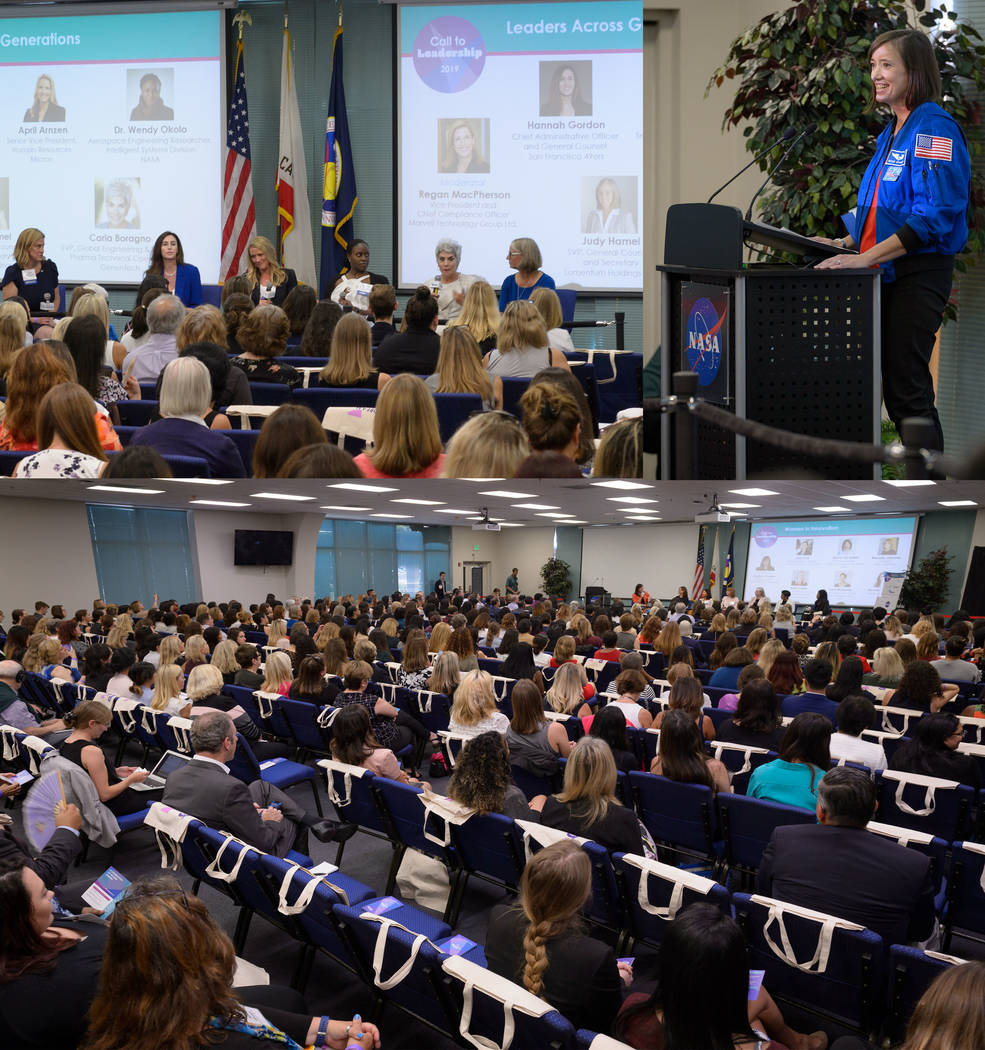
Administrator Jim Bridenstine, Center Director Eugene Tu Hold Town Hall at Ames
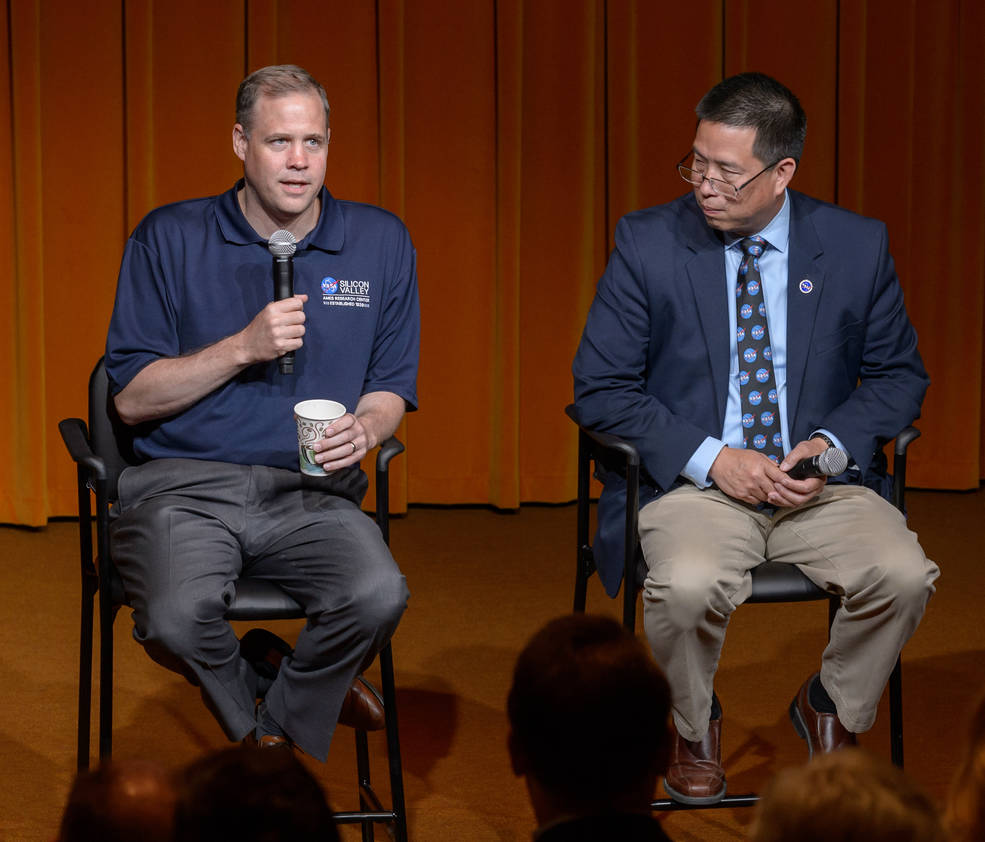
Employees Create Giant Numeric Photo Celebrating Ames’ 80th Anniversary
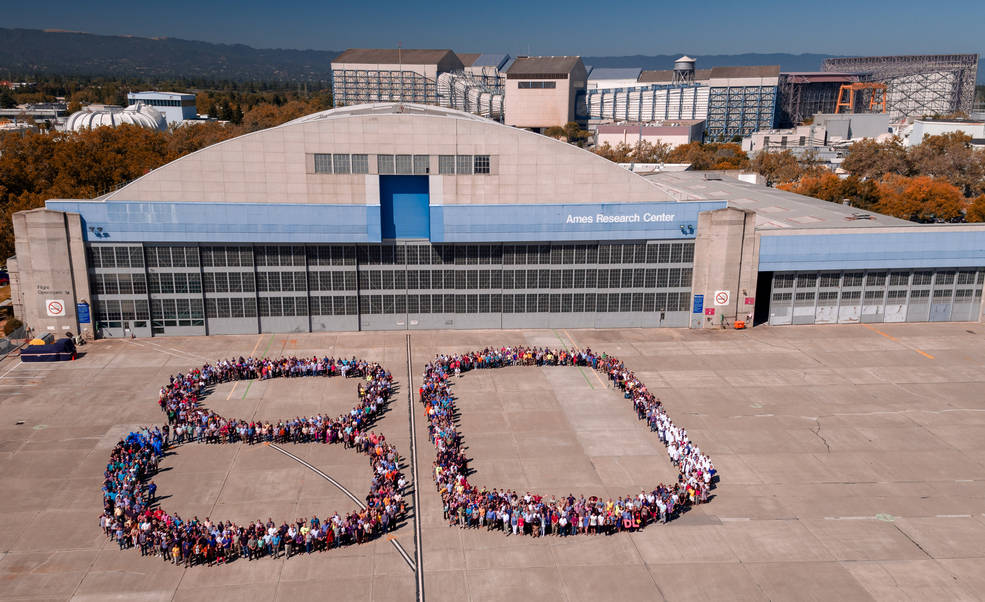
NASA in Silicon Valley Live’s Latest Podcast – Is There Life on Mars?
NASA in Silicon Valley Live is a talk show that features conversations with scientists, researchers, engineers and all-around cool people who work at NASA to push the boundaries of innovation. In this episode streamed on Sept. 19, 2019, we talk about how we’re developing new tools to search for life on Mars.
To view the recorded podcast, visit:
NASA Funds CubeSat Pathfinder Mission to Unique Lunar Orbit
by Alison Hawkes
NASA has awarded a $13.7 million contract to Advanced Space of Boulder, Colorado, to develop and operate a CubeSat mission to the same lunar orbit targeted for Gateway – an orbiting outpost astronauts will visit before descending to the surface of the Moon in a landing system as part of NASA’s Artemis program.
The Cislunar Autonomous Positioning System Technology Operations and Navigation Experiment (CAPSTONE) is expected to be the first spacecraft to operate in a near rectilinear halo orbit around the Moon. In this unique orbit, the CubeSat will rotate together with the Moon as it orbits Earth and will pass as close as 1,000 miles and as far as 43,500 miles from the lunar surface.
For full story, see: CubeSatPathfinder
ARADS Project Designs Tools for Finding Signs of Life
by Abigail Tabor
Driving, Drilling and Detecting Life in Chile’s Mars-like Desert
How would you search for signs of life – traces of tiny, living microbes or their fossilized remains – in an extreme and distant environment? NASA scientists and engineers are working on an answer to that question, aiming to find out if life ever evolved on the planet Mars and if it still harbors life today.
A project called the Atacama Rover Astrobiology Drilling Studies, or ARADS, has been designing tools and techniques for future exploration and testing them in one of the most Mars-like places on Earth: Chile’s Atacama Desert.
Each year from 2016 to 2019, the ARADS team, led by Brian Glass of NASA Ames, is spending one month working in the heart of the Atacama. This alien landscape is among the driest places on Earth; it can rain as little as one centimeter, or less than half an inch, per decade here. Despite being considerably warmer than Mars, the region is remarkably similar to the Red Planet today, due to its extreme dryness and soil chemistry.
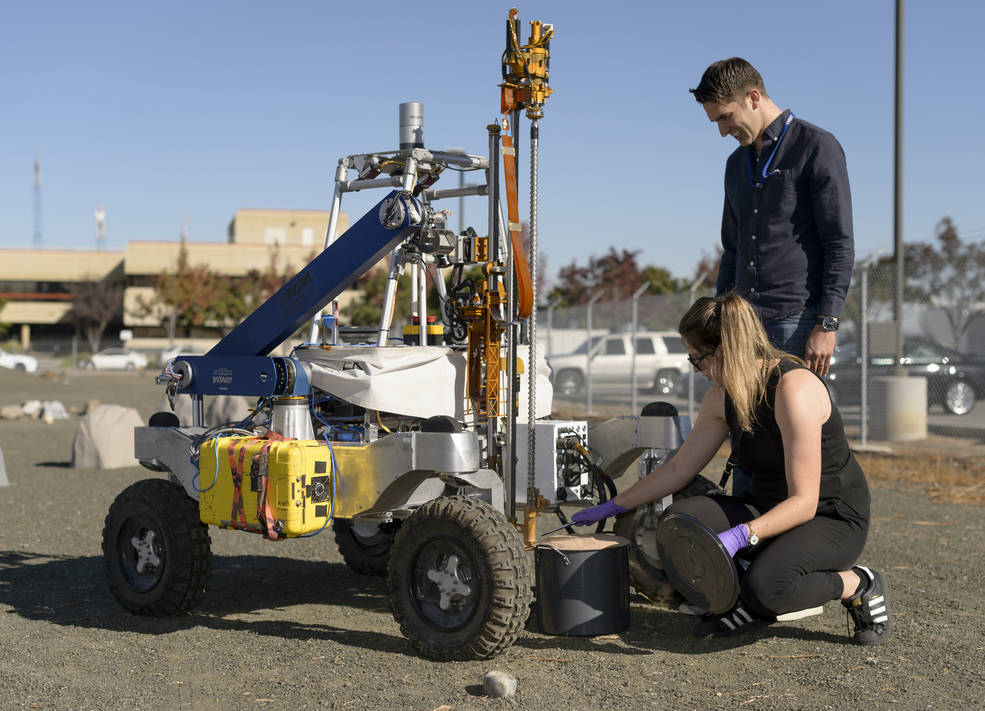
For full story, see: ARADS
2019 NASA Honor Awards Presented
The 2019 NASA Honor Awards Ceremony for Ames Research Center was held at the Center on Sept. 26, 2019. This year’s awards guest speaker and presenter was Clayton Turner who was announced as the next LaRC Director. Ames presented the 2019 NASA Honor Awards to 60 employees who were selected for individual awards, and to 20 groups which were selected for the NASA Group Achievement Award.
The names of the honorees are listed below:
2019 NASA HONOR AWARDS
Distinguished Service Medal
Daniel L. Dittman
Early Career Achievement Medal
Jonathan S. Crisolo
Mohana M. Gurram
Jeffrey R. Homola
James C. Jensen
Joey S. Mercer
Natasha L. Schatzman
Lindsay K. Stevens
Eric B. Ting
Early Career Public Achievement Medal
Joseph C. Ferguson
Edith Peters
Equal Employment Opportunity Medal
Annett M. Randall
Denise R. Snow
Exceptional Achievement Medal
Richard A. Capps
Yu Tsuan E. Ku
Peter S. Race
Ronald J. Reisman
Carlos Torrez
Nicolina S. Tubbs
May N. Windrem
Exceptional Engineering Achievement Medal
Michael F. Barad
Carlos Malpica
Eleanor G. Rieffel
Ethan A. Romander
Nettie H. Roozeboom
Exceptional Public Achievement Medal
Jeffrey D. Brown
Carl D. Lawson
Birgit C. Wolf
Exceptional Public Service Medal
Yan-Tyng Chang
Timothy P. Demanty
Ray Dudum
Tahir Gokcen
Emily L. Schaller
Exceptional Scientific Achievement Medal
Afshin Beheshti
Nagi N. Mansour J
effrey M. Moore
Exceptional Service Medal
Raymond C. Aguilar
Laurence J. Edwards
Sesi B. Kottapalli
Sandra Lozito
Keith H. Peterson
Chris Radbourne
Michael J. Wright
Exceptional Technology Achievement Medal
Richard Alena
Milton R. Checchi
Brian J. Glass
Christopher Silva
Outstanding Leadership Medal
Dwight Balough
Matthew C. Buffington
Misty D. Davies
Paul B. Demedeiros
Jeffery L. Hollingsworth
Jon M. Jenkins
David P. Thipphavong
Douglas Wardwell
Jill Willard
Outstanding Public Leadership Medal
Dennis B. Leveson-Gower
Silver Achievement Medal
Michael R. Dudley (Posthumously)
Bruce A. Foutch
Penny S. Hubbard
Group Achievement Award
ADEPT SR-1 Team
Ames Aeronautics Events and Outreach Team
ARC e-Invoicing Team
ATD-2 IADS Field Demonstration Team
Atmospheric Tomography Mission Connected Autonomous Smart Aerospace Systems Team
DaSHlink Team
Formal Requirements Elicitation Tool Team
GeoNeX Team HEEET Development TEAM
Lunar Rover Navigation Team
Mission Assurance Systems (MAS) Team
NFAC 609 Rotor/Tiltrotor Test Rig Team
ORACLES Team
ORION Ascent Abort 2 (AA2) Manufacturing Team
Seedling Growth Team
Small Spacecraft Technology Program
Student Airborne Research Program (SARP)
TLX Team
Voluntary Protection Program (VPP) Team
President Donald Trumps Arrives at Moffett Field for Bay Area Visit
Selection of the 2019 NASA Ames Researcher Awards
The 2019 NASA Ames Researcher awards recognize exceptional scientific or engineering research conducted by NASA Ames Research Center civil servant staff. The 2019 H. Julian Allen Award is awarded to Dr. David Blacke for the paper entitled, “Characterization and Calibration of the CheMin Mineralogical Instrument on Mars Science Laboratory,” published in Space Science Reviews 170, 341-399 (2012). The award recognizes a scientific or engineering paper of outstanding technical merit and significance. It was established in 1969 to honor former Ames Center Director, Harvey Julian Allen, who published prolifically and valued the sort of out-of-the-box thinking that makes Ames famous as a research institution that is able to solve the nation’s most pressing and seemingly intractable aerospace challenges. The winning author receives a $10,000 honorarium, a plaque and is required to give a lecture to the Center. The 2019 Ames Early Career Researcher Award is awarded to Dr. Wendy Okolo. This award recognizes an early career employee that demonstrates exceptional scientific or engineering potential for leadership through outstanding research and the integration of research within the context of the mission of their organizations. The winning researcher receives a $2,500 personal award and is required to give a lecture to the Center. Congratulations again to all of the 2019 NASA Ames Research Center Researcher Awards recipients! For more information about the awards please see https://www.nasa.gov/ames/ocs/scientific-awards
Sustainability Base Building Conference Room Dedicated to Steve Zornetzer
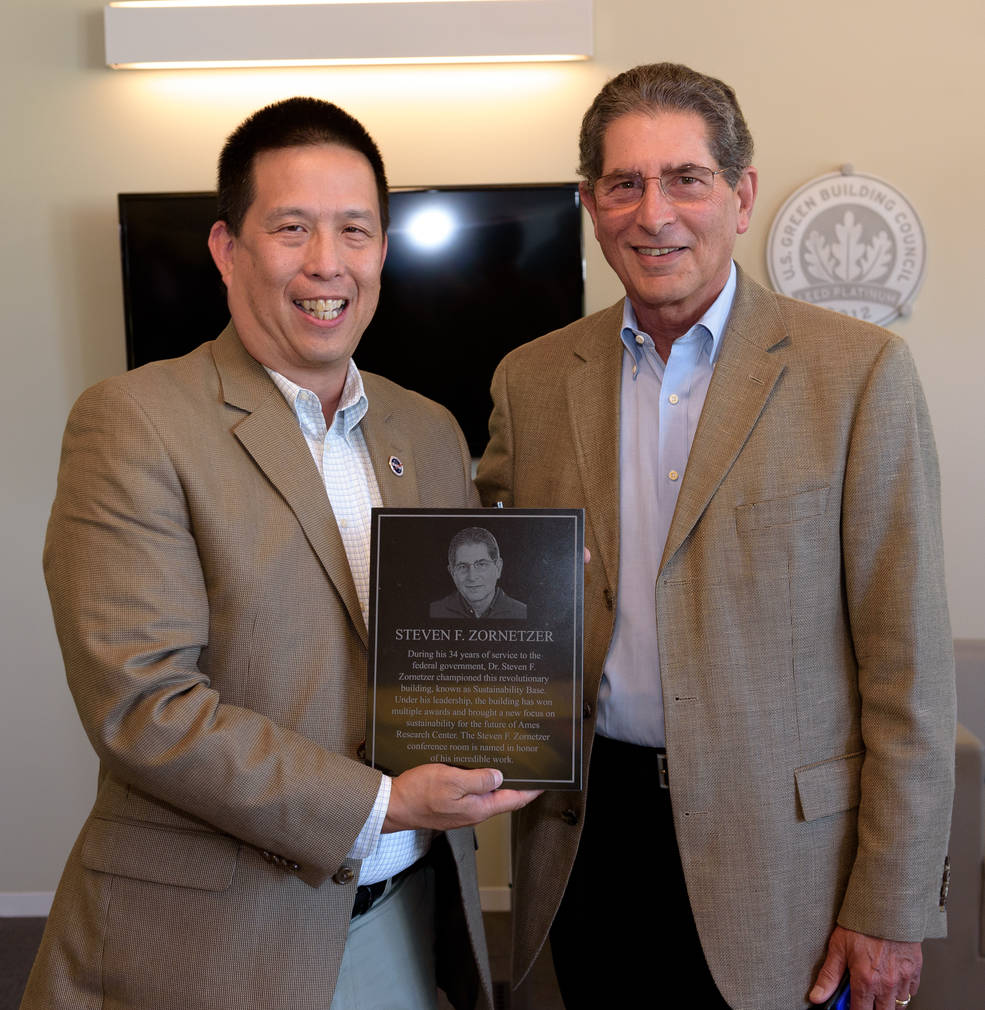
Ames Technology Transfer Awards Ceremony Honors Innovators at Ames
The 2018 Technology Transfer Award honorees were recognized at an awards ceremony on Sept. 10, 2019, at Ames. They were awarded for their hard work to develop new technologies that bring integrity and recognition to NASA and Ames. Their efforts over the past year have directly impacted Agency missions and projects and have enhanced the quality of life here on Earth. Their dedication and commitment to inspired innovation is fundamental to our success and to maintaining Ames’ leadership role in technology development and transfer.
Employees who attended the awards ceremony were invited to the patent poster session after the event for an opportunity to learn more about the 2018 issued patents at this year’s showcase.
Below is a list of those who were honored:
AMES TECHNOLOGY TRANSFER AWARDS
2018 – NASA Software of the Year Runner-Up Award:
NASA Task Load Index (TLX) for iOS
Team Members:
Brian Gore
Kenji Kato
Ronald Kim
Ben Stukenborg
Matthew Guibert
Matthew Sharpe
Kenneth Ebbs
Robert McVey
Federal Laboratory Consortium Far West Region 2018 Outstanding Technology Development Award:
NASA Task Load Index (TLX) for iOS
Team Members:
Brian Gore
Kenji Kato
Ronald Kim
Ben Stukenborg
Matthew Guibert
Matthew Sharpe
Kenneth Ebbs
Robert McVey
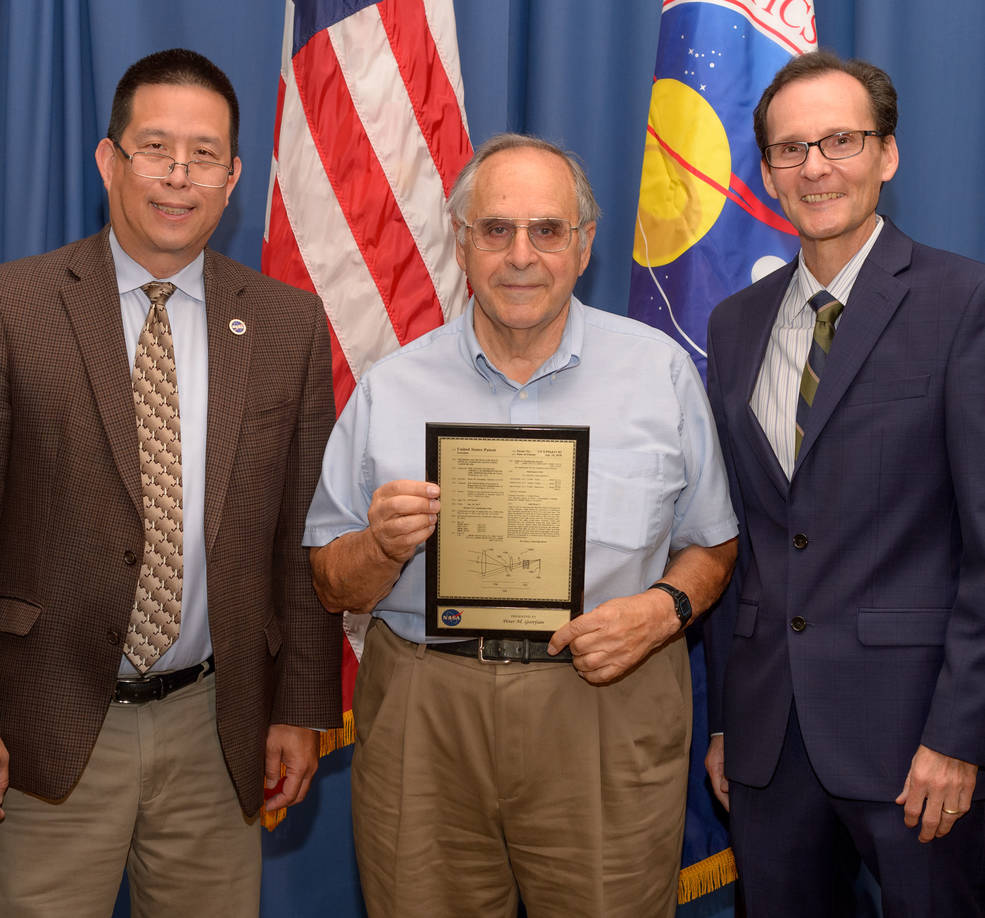
2018 Issued Patents:
2018 Issued Patents:
Electromagnetic Monitoring and Control of a Plurality of Nanosatellites:
Donald I. Soloway
Heterogeneous Spacecraft Networks:
Nicolas T. Faber, Yosuke Nakamura, Chad R. Frost, Richard L. Alena
Biologically Inspired Radiation Reflector;
Michael I. Gusman, John W. Lawson, Sylvia M. Johnson, Thomas H. Squire
Metal Oxide Vertical Graphene Hybrid Supercapacitors:
Meyya Meyyappan
Methods and Devices for Space Optical Communications Using Laser Beams:
Peter M. Goorjian
System and Methods for Deploying Payloads:
Robert D. Ricks, Lee Brownston, Charles R. Friedericks, Shannon S. Ross, Nghia N. Mai, Shakib M. Ghassemieh, John W. Hines
Compact Science Experiment Module:
Terry C. Lusby, Sharmila Bhattacharya, Chetan Angadi, Siddharth Pandey
Electrical Response Using Nanotubes on a Fibrous Substrate:
Meyya Meyyappan, Jin-Woo Han
MiDAR – Multispectral Imaging, Detection and Active Reflectance:
Ved Chirayath
Microorganism Cultivation Platform for Human Life Support:
Halil Berberoglu, Erich D. Fleming, Thomas E. Murphy, Leslie E. Bebout
3-Dimensional Multi-functional Ablative Thermal Protection System (3DMAT):
Jay D. Feldman, Kenneth J. Mercer, Curt G. Wilkinson, Ethiraj Venkatapathy
Thousands Visit NASA Exhibit at Mountain View Local Festival
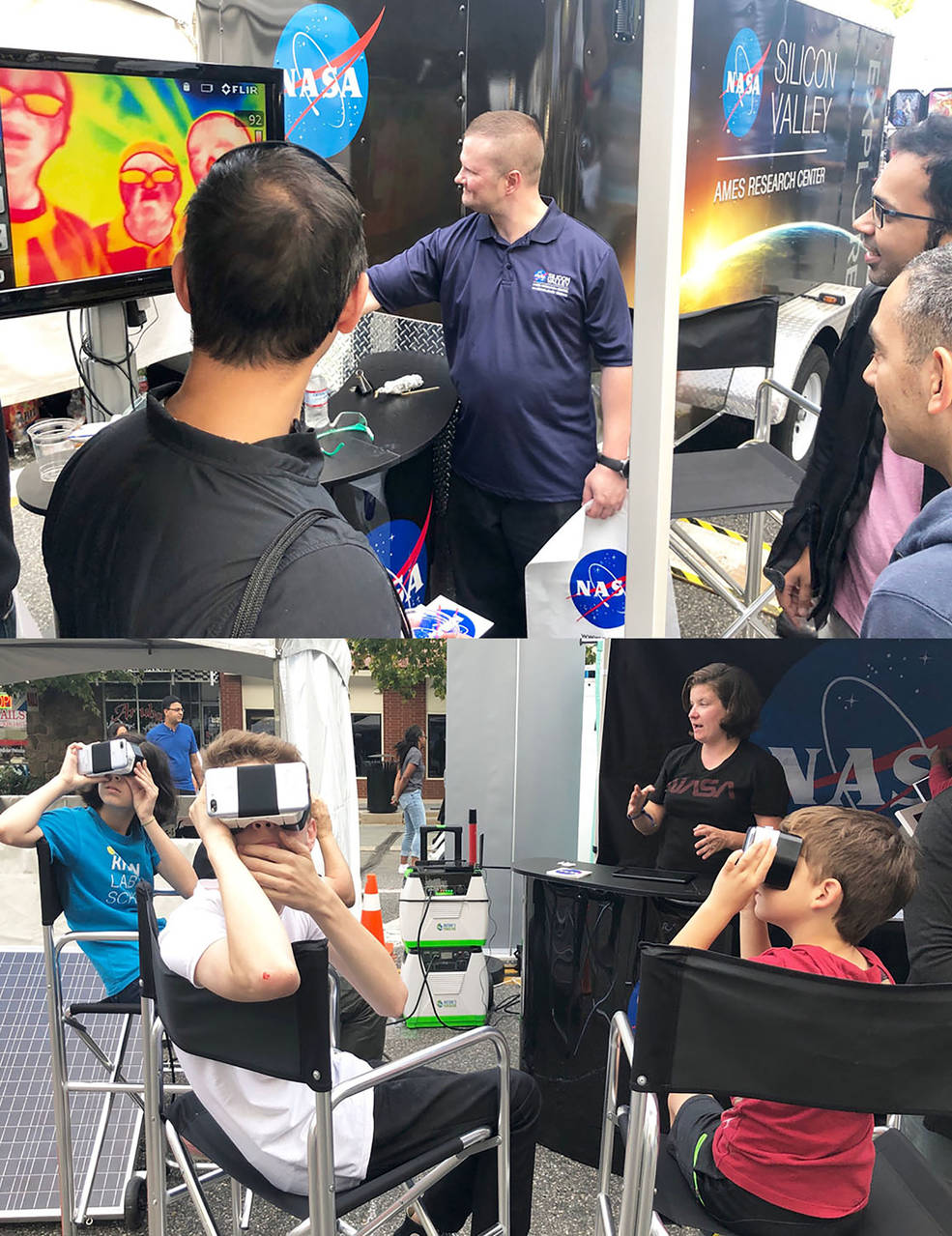
NASA Ames Booth and Exhibits a Favorite at Bay Area Comic Con
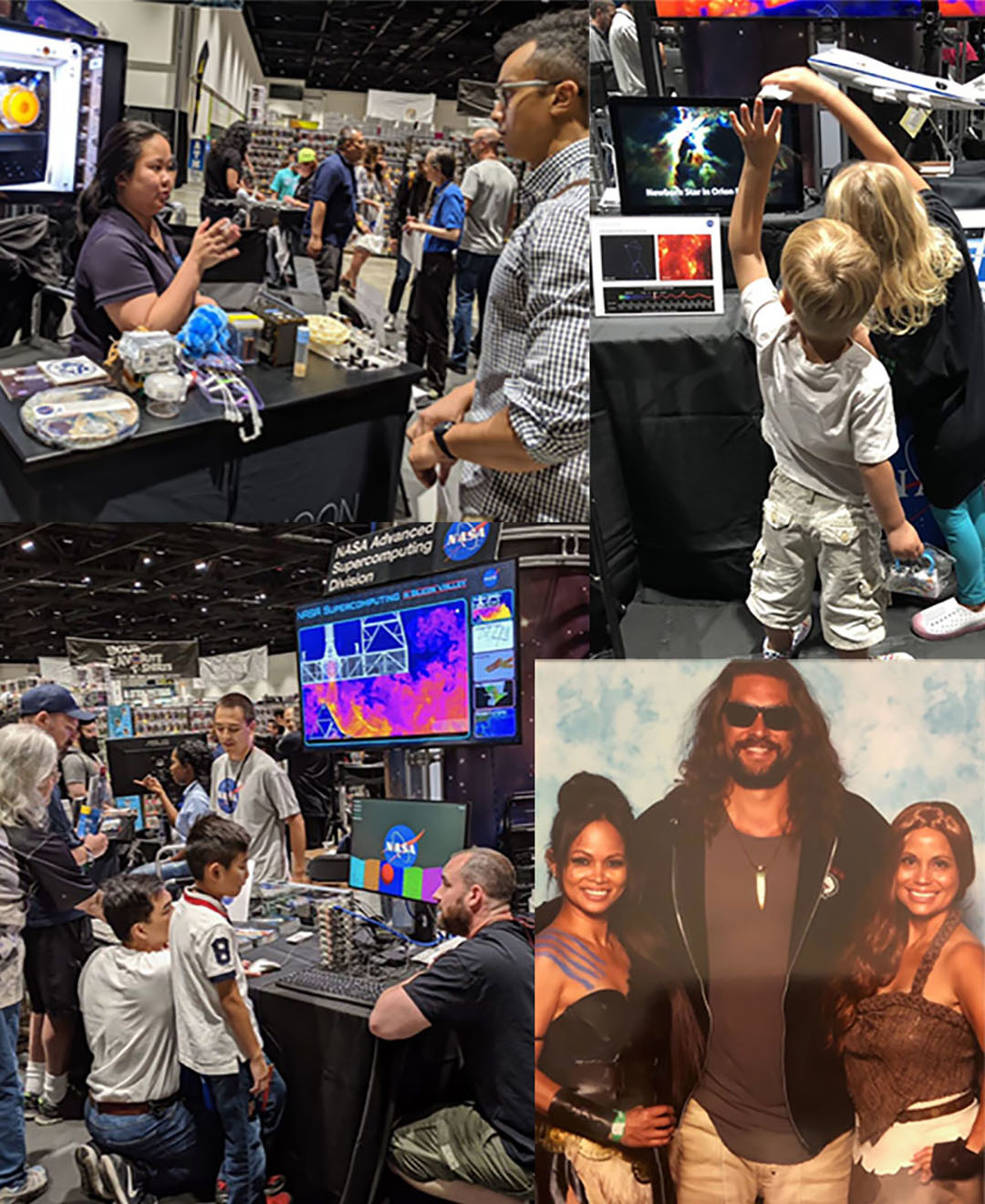
In Memoriam …
NASA Mechanical Systems Engineer Jeffrey Logan Passes Away
Jeff Logan sadly passed away on Aug. 25, 2019. Jeff began working at Ames in 1990, working on aircraft modification projects after stints at Lockheed and IBM. He later served as a work package manager for the SOFIA (Stratospheric Observatory for Infrared Astronomy) cavity door project,
later transitioning to the role of SOFIA project systems engineer. In that role, Jeff’s work was key to the replacement of the old 747 SP engines, which resulted in greater fuel efficiency and performance. SOFIA pilots really appreciated Jeff pushing for and implementing the engine upgrades. After this, Jeff left Ames for the Department of Energy at Stanford’s Linear Accelerator where he once again was a facility construction manager. He returned to Ames a few years later and led a team working on the final missions of the space shuttle, green rocket propulsion, SSTP small satellite systems engineering and most recently the Arc-jet NOX Scrubber project.
Speech written by Jeff’s children for his funeral service, summarizing his work experience:
Our dad was such an intelligent, creative, brilliant and smart man. Innovative ideas would just pour out of him. He created so many projects for NASA. One of his most recent Spacecraft project creations was the CubeSat Propulsion Pathfinder that advances the capability of cubesats.
Our dad had an amazing 30 year career at NASA, which he loved so much. Our dad upgraded the SOFIA airplane engines so the airplane could stay in the air longer. Our dad came up with the innovative SOFIA cavity door design for the airplane’s telescope. To this day, the pilots are still thankful for our dad’s design upgrades to the plane.
He also designed the SETI mobile research facility and he even flew on a Hercules C-130 aircraft to deliver the SETI facility to Puerto Rico.
He was the project lead for the Unitary Wind Tunnel Modernization Project. He designed the wind tunnel Turbulence Reduction System and dad thought of using screens and honeycomb to significantly improve the wind tunnel’s air flow. He also worked in the aircraft group where he worked on various aircrafts including the ER-2, King Air and C-141.
The highlight of our dad’s career was working on the Space Shuttle Program. Our dad was the structures manager for the Space Shuttle Program at NASA Ames. He did detailed structural analysis on the space shuttle’s roll-maneuver to ensure the safe return of our NASA astronauts. He was the one of the engineers that signed off that the shuttle was clear for re-entry. Dad met several astronauts, including astronaut Mike Massimino, and our dad worked on his flight and Mike Massimino personally thanked our dad for ensuring his safe return back to Earth.
Our dad particularly enjoyed working on the last shuttle flight, STS-135, where he got to meet Gene Kranz, the Apollo Flight Director.
I remember him mentioning how exciting it was meeting Gene Kranz and the astronauts. They all celebrated a successful final mission together.
We have placed the final Space Shuttle Launch pin, STS-135 on our dads suit collar, as this is his final flight, as he flys towards the heavens.
— Christina Logan, M.S.


